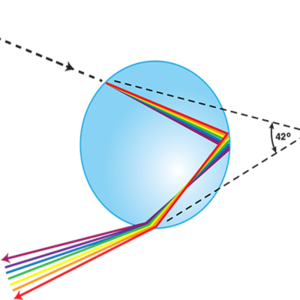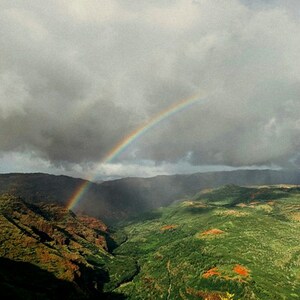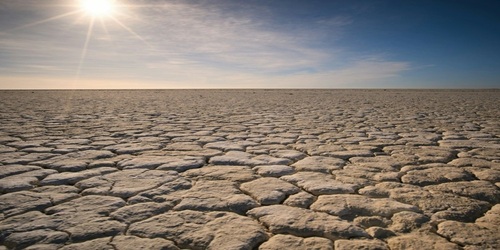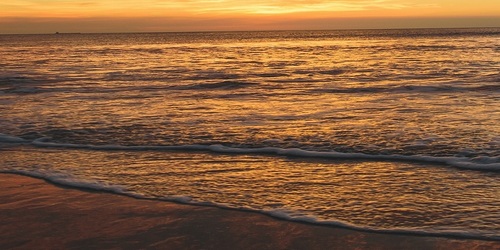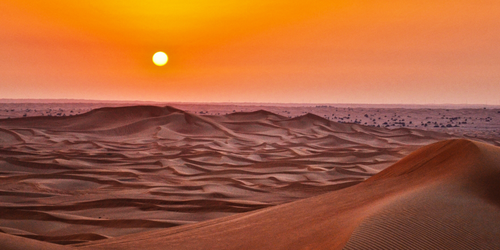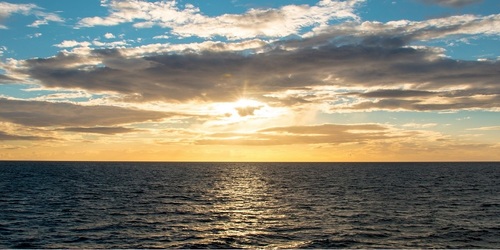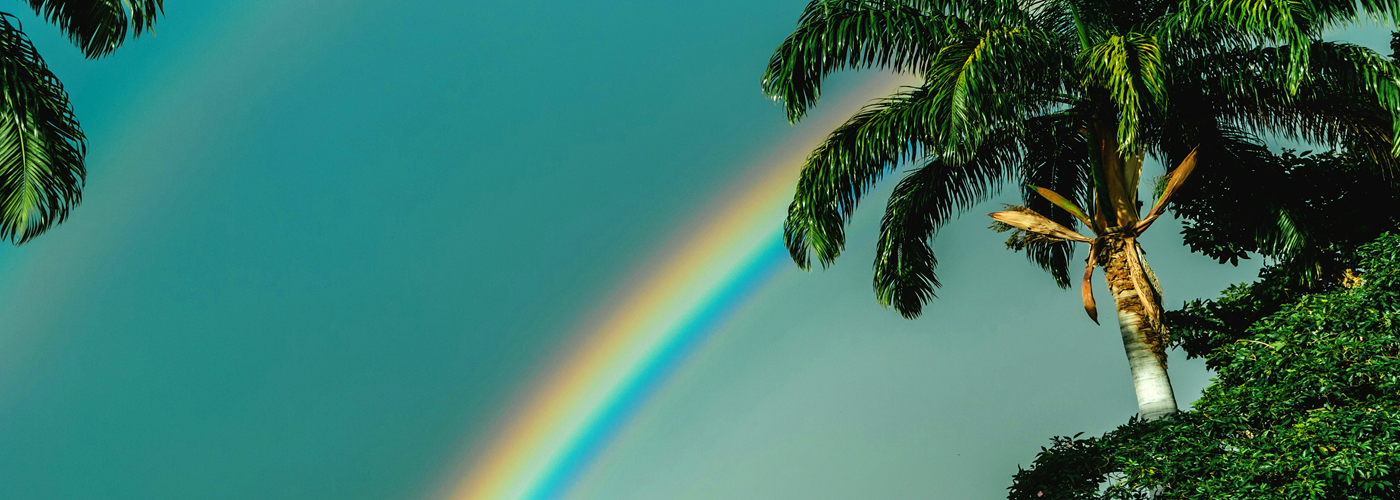

It’s a natural phenomenon so synonymous with the state of Hawaii that you can find it featured prominently on the state’s license plates, and the Hawaiian language has more than 20 words and phrases to describe its different varieties. A 2021 paper by Dr. Steven Businger in the Bulletin of the American Meteorological Society makes the case for why Hawaii should be considered the rainbow capital of the world.
Rainbows form when sunlight (from behind the viewer) strikes raindrops. As the sun rays enter the raindrops, they get bent (refracted) and then reflected back to the viewer at a 42° angle to the incoming sunlight. Each color or wavelength of light gets refracted at a slightly different angle, so that the white light gets split into all the colors of the visible spectrum.
Thus, in order for a particular place or region to produce a lot of rainbows, it would need both rain, but also sunshine. As for rainfall, parts of Hawaii are some of the wettest places on Earth, with a rainstorm back in 2018 dumping nearly 50 inches of rain on portions of the island of Kauai in just a 24 hour period.
Hawaii is situated in the subtropics in a region that is usually dominated by sinking air as well as northeasterly trade winds. These northeasterly trade winds transport low-level moisture, often characterized by stratus clouds, from off the West Coast of the U.S. to Hawaii. As it reaches Hawaii this more uniform low-level moisture and cloud deck becomes more convective in nature, creating passing showers followed by sunny intervals, which are the perfect ingredients for producing rainbows.
Another major factor in creating Hawaii’s rainbows is its topography. The lush green mountains of the Hawaiian Islands work to lift the incoming moist air and produce orographic rain. In fact, without its mountains, Hawaii would only average 17 inches of rain per year. During periods of light winds, the topography also works to produce showers via daytime heating. The moist sea breezes converge at the higher elevation ridge lines to produce showers, which are at the perfect elevation to produce rainbows as the sun sets.
